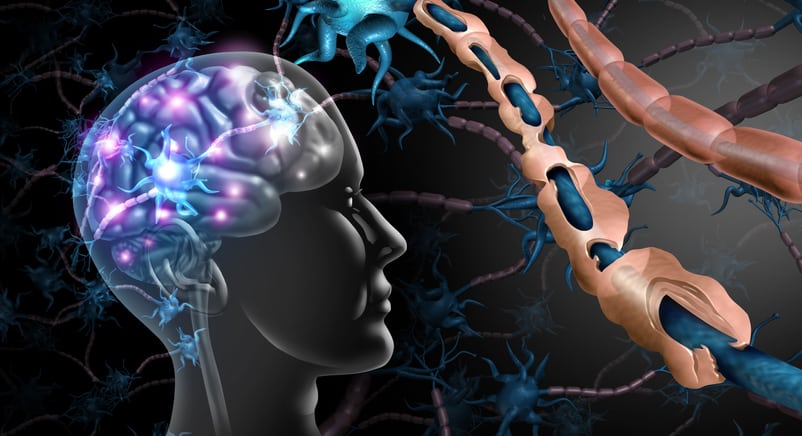In many psychiatric settings, patients with complex cases are the rule rather than the exception. These cases are characterized by multidiagnostic conditions, often complicated with distressed social contexts, for which few if any evidence-based practice guidelines exist. The aim of this hypothesis-generating article is to consider whether and how these cases might comprise trans-syndromal prototypes (“types”), coherent units that could serve as the basis for further study, assessment, and treatment planning.
For context, psychiatric and medical visit diagnoses and problem lists noted among principle visit diagnoses and “snapshot” portions of electronic medical records were tabulated for 293 psychiatric outpatients seen consecutively during a 1-week period at a university psychiatric clinic. By considering resulting comorbidity patterns in these records from the perspectives of clinicians caring for these patients, several commonly encountered diagnostic-problem sets emerged as candidate types.
Of 293 patients, only 18% had a single diagnosis, 43% had two, 29% had three, and 7% had four or more noted. Occurring in assorted combinations, specific diagnostic areas noted included depressive disorders (68%, the large majority major depressive disorder recurrent), anxiety disorders (60%, the large majority generalized anxiety disorder, with or without panic disorder and/or social anxiety disorder), posttraumatic stress disorder (22%), attention deficit hyperactivity disorder (ADHD) (17%), alcohol and substance abuse disorders (16%), personality disorders (11%), and bipolar disorders (18%). Several illustrative candidate types emerging from this population are described including major anxious depressive disorder, anxiety disorder secondary to ADHD, complex emotional instability disorder, multi-impulsive eating disorder, substance-dependent impoverished personality disorder, painful mood disorder, and complex personal and cultural trauma disorder. Other potential types are identified as well.
The types described here are but a small selection, because other settings including community mental health centers, private practices, public and private hospitals, and forensic facilities see a variety of other types as well. The study of types might provide important findings about pathogenesis, course, outcome, and treatment to augment information obtained from examination of individual diagnostic components.
Can Trans-Syndromal Prototypes (“Types”) Improve Depiction of Complex Psychiatric Cases?: An Alternative Way to Consider Concordant Comorbid Psychiatric Disorders and Their Contexts as Coherent Units for Research, Assessment, and Treatment Planning.


